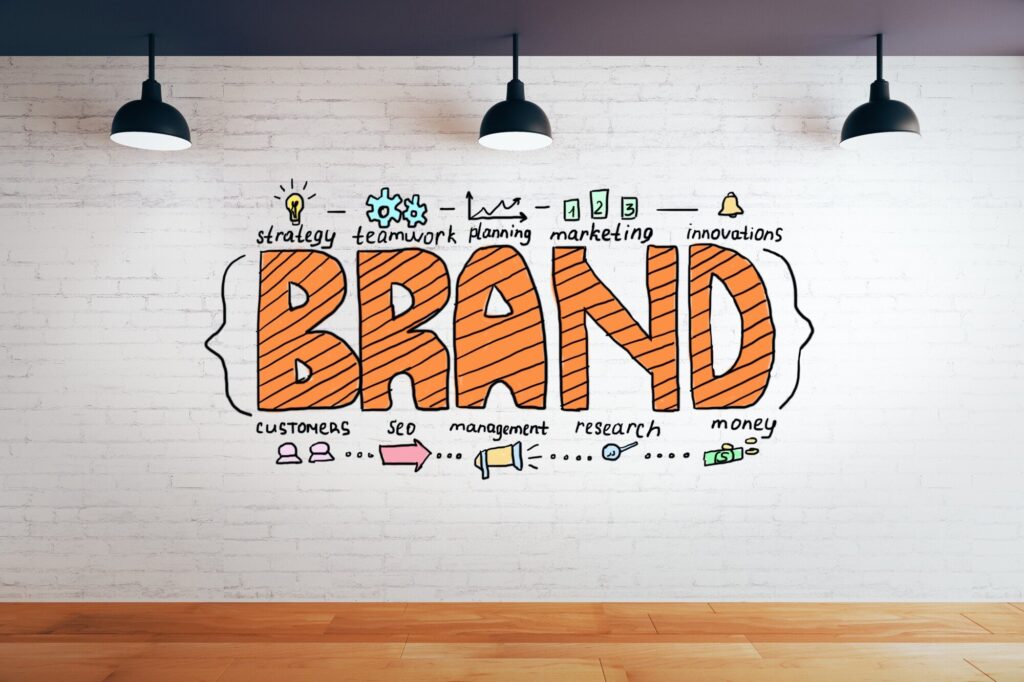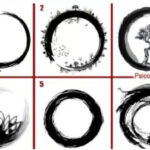In the bustling market of digital advertising, where visual content takes center stage, the often-unsung hero of marketing stands silently yet powerfully in the wings—sound. Music and sound effects are the pulse of your marketing message, setting the tone, evoking emotions, and ensuring a brand’s narrative is not just seen but felt. This post will unravel the science and strategy behind incorporating sound and music into your advertising and explain why your ears might just be the most underutilized tool in your ad campaign’s toolkit.
The science behind sound and consumer behavior
Understanding the profound impact of sound on human emotions and decision-making is pivotal for crafting advertising that resonates with your audience. Sound, being the first of our senses to develop, has a direct line to the limbic system, the part of the brain responsible for emotions and memory. It can prime consumers’ brains, making them more receptive to the message and thus more likely to make a purchase decision.
Sound in the spotlight
A remarkable study by the Journal of Marketing discovered that consumers exposed to sound in a retail environment were willing to pay a 10-15% premium over those who shopped in silence. This underlines the critical extent to which aural stimuli shape the consumer experience and purchasing behavior.
The power of jingles
Consider the jingles that have wormed their way into your brain—those brief, catchy melodies that define and recall brands with just a few bars. Jingles embody succinctly the effectiveness of sound in brand recall and choice priming. They are audial anchors that keep your brand on the top of consumer’s minds.
Choosing the right sound
There’s an art to selecting the right sound for your ad campaign. It’s not just about selecting a track from a popular chart; it’s about synergy between your brand, message, and audience.
Strategic sonic selection
To ensure cohesiveness, brands must select sound that not only matches their identity but also the emotions they aim to trigger. A high-energy brand looking to promote a new product line may opt for an upbeat, tempo-driven sound, while a luxury brand would instead align with more classical or mellow tones. And, sonic branding, which involves creating a unique sound identity for your brand, is becoming increasingly important in the crowded digital marketplace. That’s why finding professional help in creating a jingle or sonic branding strategy is critical for standing out.
Harmonizing with the audience
Volume and cultural context play a significant role. What sounds compelling in one setting might be jarring in another. For cross-cultural effectiveness, it’s essential to rely on focus group testing to gauge how different audience segments respond to various sounds.
Creating an emotional connection
Sound’s unique ability to tap into the emotional realm births a remarkable opportunity to etch your brand into consumers’ memories.
The symphony of sentiments
Think of the last movie that made you cry. Chances are, it wasn’t the visuals that tugged at your heartstrings, but the soundtrack. In advertising, the right sound can transport audiences precisely where you need them to be emotional to carry out your message.
Sounds that stir stories
Storytelling is pivotal in advertising, and sound gives stories depth. A campaign that leverages sound can create a narrative structure that audiences follow from curiosity to connection and, ultimately, to a call to action.
Enhancing brand identity with sound
Just as logos and colors are key features of visual branding, sound can build a powerful sonic brand identity that’s uniquely recognizable, memorable, and trustworthy.
Sonic legacy
Take the Intel chime, composed of only four notes but instantly associated with the brand. This sonic logo has become an integral part of Intel’s identity and a crucial asset for establishing recall in a crowded marketplace.
Consistency Is key
Developing a consistent sonic identity means ensuring that every sound associated with your brand—from commercials to customer service lines—is in harmony with your brand’s character. Coca-Cola’s myriad of ads all found unity in the brand’s “Open Happiness” soundtrack.
Measuring the impact of sound
Evaluating the effectiveness of sound is just as critical as selecting it. Quantifying its influence can unveil valuable insights into consumer engagement and campaign success.
Metrics that matter
Awareness recognition studies, sentiment analysis of social media mentions, and tracking page visit duration are just a few metrics that can clue you into sound efficacy. Furthermore, A/B testing variant soundtracks can offer a direct comparison of consumer responses to specific sounds.
Data-driven decibels
Big data and machine learning algorithms are venturing into the auditory space, offering more robust ways to measure the impact of sound in advertising. These tools can analyze audio features, predict audience response, and inform sound choices with data-driven precision.
Future trends in sound for advertising
The future of sound in advertising is nothing short of revolutionary, with technology advancements expanding creative avenues and consumer engagement to previously uncharted realms.
Sonic augmentation
Immersive audio technologies like spatial audio and 3D soundscapes are being integrated into ads, creating experiences that envelop consumers in brand narratives. Nike’s “YOU CAN’T STOP US” ad brilliantly utilized a split screen and immersive audio to drive a sense of unity and impact.
Personalized playlists
The rise of AI in sound creation will lead to personalized soundtracks tuned to individual preferences and past engagements with brands. Music and sound could soon become as tailored as product recommendations.
Holistic soundscapes
In the future, sound won’t just be a peripheral aspect of advertising; it will be a critical element that ties all elements of an ad campaign together. With advancements in audio software and technology, sound will become fully integrated into the creative process, resulting in more immersive and impactful marketing experiences.

Sound is more than just complimentary to visual advertising—it’s a conductor, guiding the consumer’s emotional and cognitive responses to your brand’s symphony. By understanding the psychology of sound and harnessing it strategically, your marketing campaigns can achieve a depth and resonance that leaves a lasting impression.
If your business’s ad campaigns have been a silent affair or a discordant jumble lacking in auditory strategy, it’s time to tune into what sound and music can add. The stage is yours. It’s time to start composing the soundtrack of your brand’s success.






